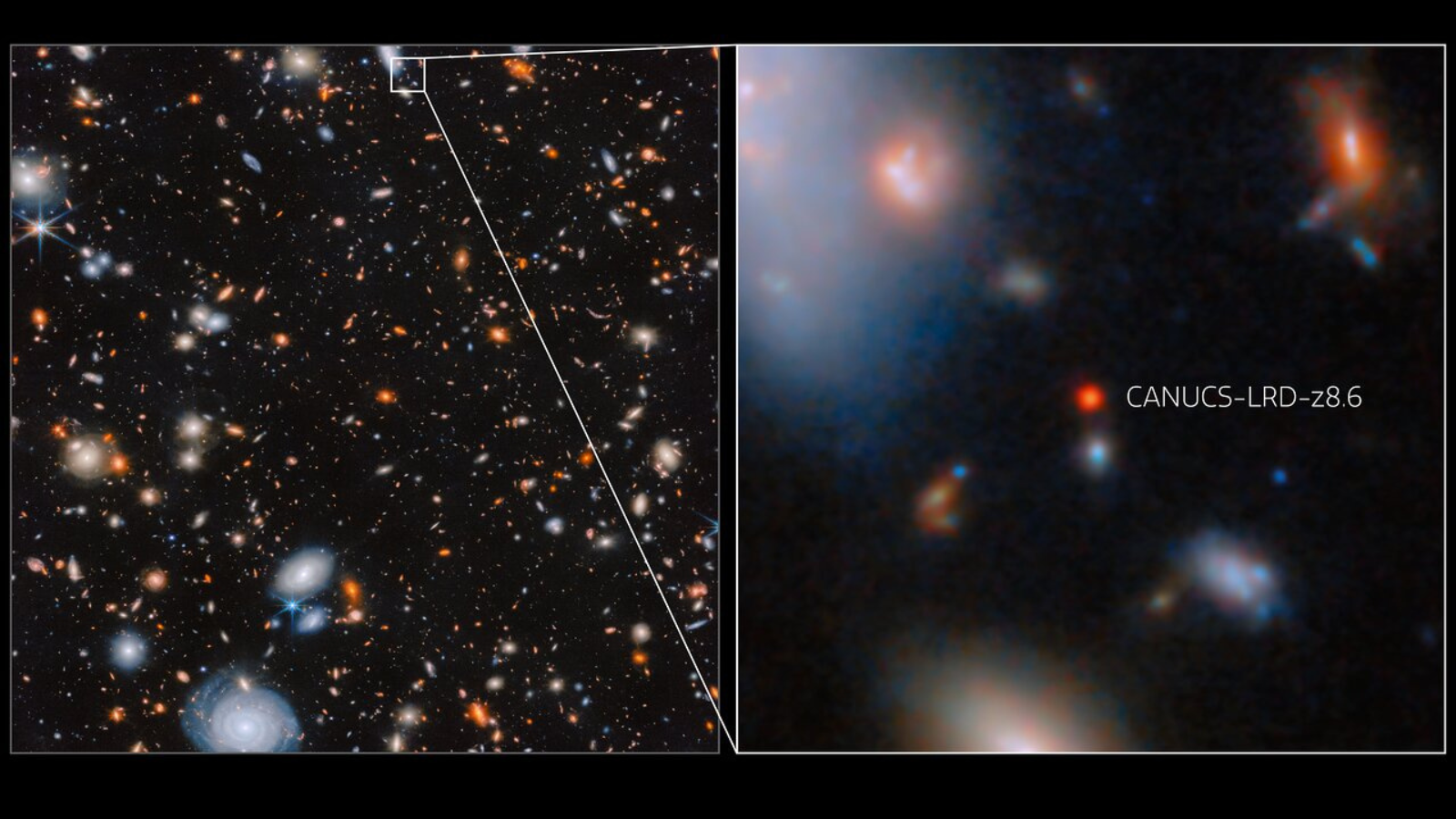China is developing ways to de-orbit space junk. Should we be worried?
A CNSA official confirmed work on space debris removal, a move seen as key for orbital sustainability but fraught with potential military implications.

China is developing the capability to remove space debris from orbit, according to a top official.
In recent years, China's space activities have grown tremendously, with an operational space station in low Earth orbit (LEO), a greatly increased rate of launches and plans for multiple constellations consisting of thousands of satellites. The growth of the country's presence in orbit also raises issues of sustainability.
Bian Zhigang, vice administrator of the China National Space Administration (CNSA), was asked about what challenges this ramp-up poses for long-term sustainability in space at the International Astronautical Congress in Sydney, Australia, during a Heads of Agencies plenary session on Sept. 29.
China will work on its space situational awareness capabilities in order to track objects and assess the chances of collisions, while also coordinating with other countries, Bian said. It will also take a more proactive role with regard to debris.
"Now China is promoting the space debris mitigation top level planning to promote monitoring and alerting," Bian said through an interpreter. "And also, most importantly, is, we are currently researching on the active removal of this space debris on orbit."
No details about capabilities, technologies or mission timelines were offered. China's actions to address the issue of debris will no doubt be widely welcomed, but they may also spark some concerns.
Active debris removal is a dual-use capability, meaning it can be used for civilian purposes but also for military ends. The ability to remove a defunct rocket stage or satellite from orbit could also be used to target an adversary’s spacecraft.
Breaking space news, the latest updates on rocket launches, skywatching events and more!
China is currently conducting experiments high above the Earth, with the Shijian-21 and Shijian-25 satellites apparently conducting rendezvous and proximity operations (RPOs), docking and performing a first-ever refueling in geostationary orbit.
However, unlike some other RPOs conducted by other countries and companies, China has released no images, updates or information about the activities. The opaque nature of the mission could, if replicated with future active debris removal tests, generate more suspicion than good will.
As one of the most active countries in terms of launches over the past decade, China has a number of spent rocket stages and dead satellites in orbit, whose removal from LEO would be a boost to the sustainability of crowded orbits.
Bian also reaffirmed that Chinese policies and regulations require satellite operators to deorbit satellites, or at least lower their orbits, near the end of their lifetimes
Further indications of plans and intentions may follow in future policy documents released by the CNSA. Its actions will likely be closely watched for transparency and international collaboration.

Andrew is a freelance space journalist with a focus on reporting on China's rapidly growing space sector. He began writing for Space.com in 2019 and writes for SpaceNews, IEEE Spectrum, National Geographic, Sky & Telescope, New Scientist and others. Andrew first caught the space bug when, as a youngster, he saw Voyager images of other worlds in our solar system for the first time. Away from space, Andrew enjoys trail running in the forests of Finland. You can follow him on Twitter @AJ_FI.
You must confirm your public display name before commenting
Please logout and then login again, you will then be prompted to enter your display name.
